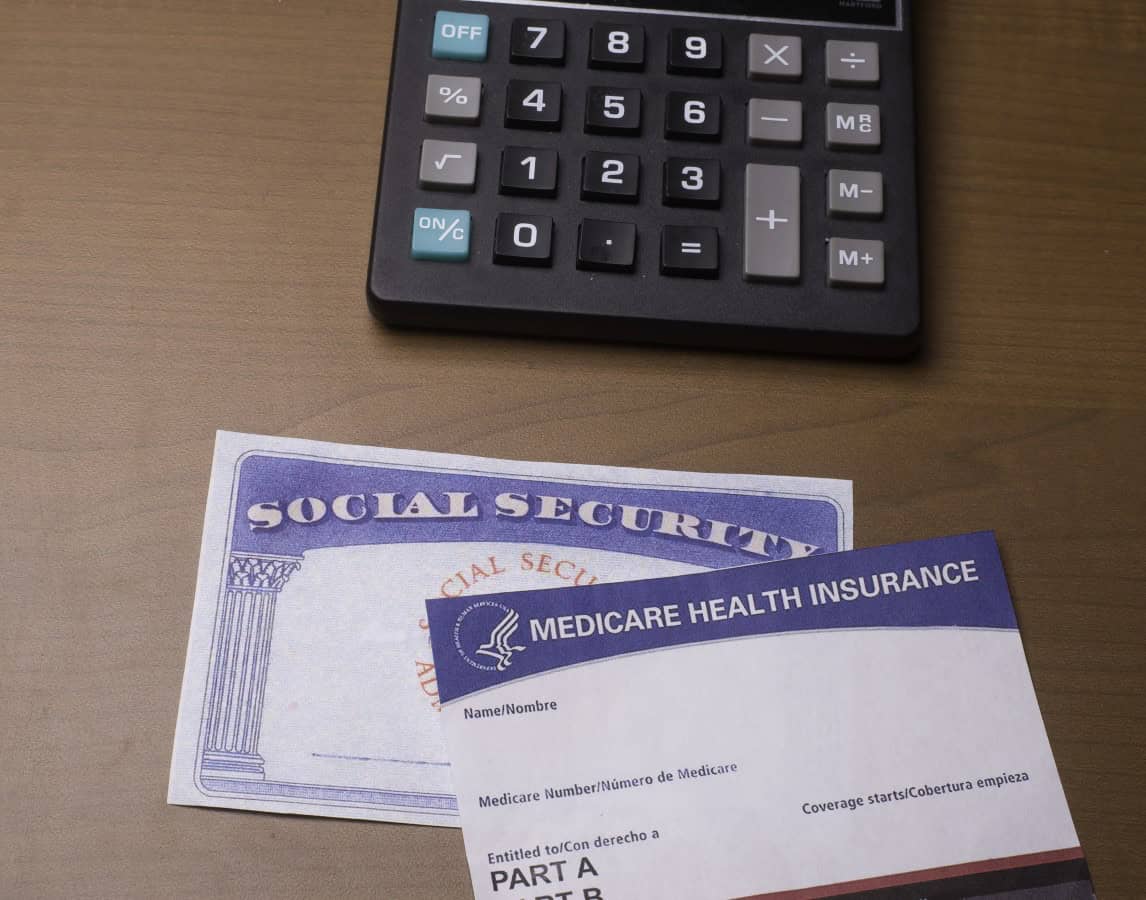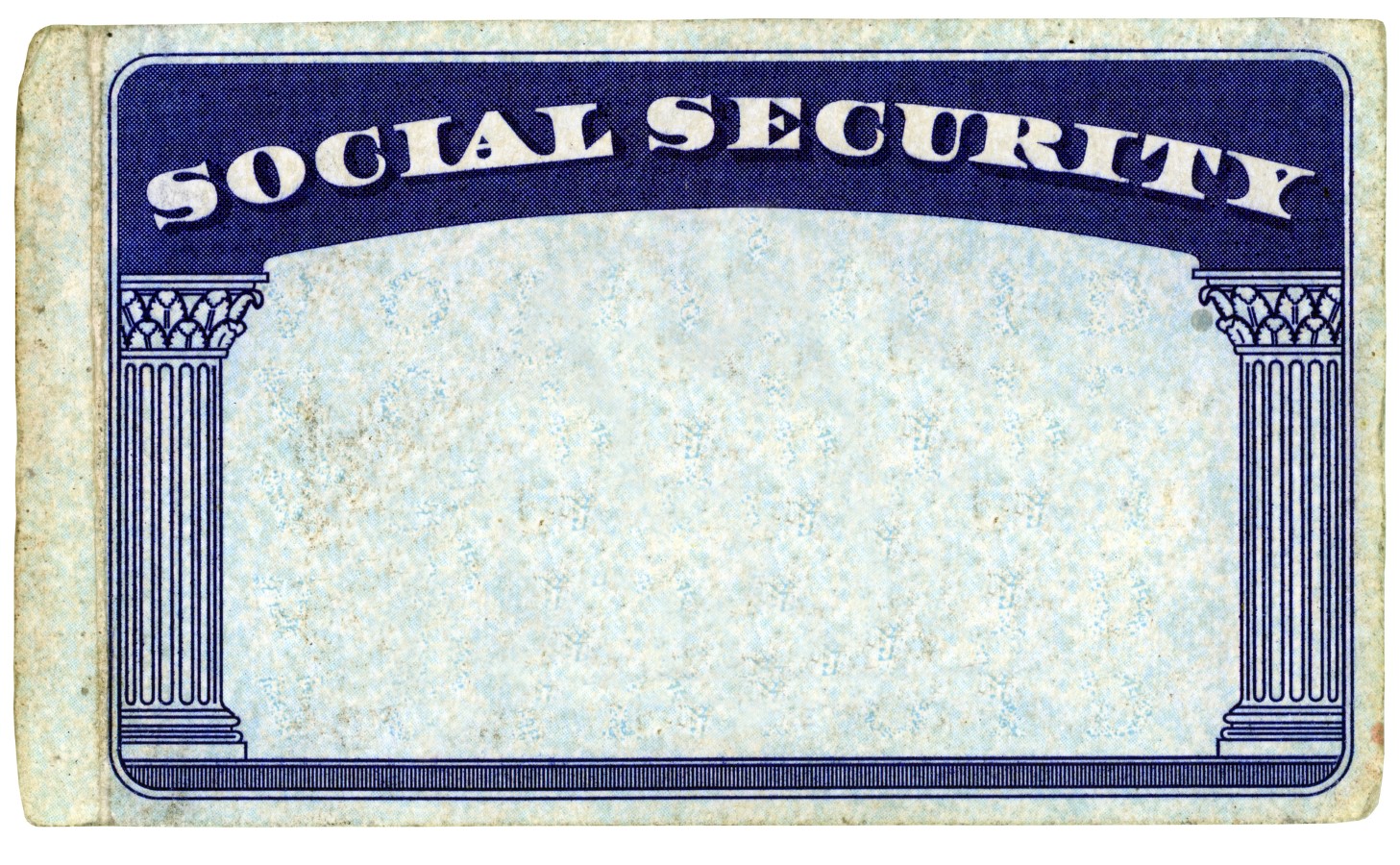Congress May Auto-Enroll You In Medicare Advantage For 3 Years; Without Asking First – Financial Freedom Countdown
A new bill in Congress; H.R. 3467, could dramatically change how older adults enroll in Medicare starting in 2028. The legislation, sponsored by Rep. David Schweikert (R-AZ), would automatically place all eligible individuals into the lowest-cost Medicare Advantage plan in their area unless they actively opt out. This means millions of seniors could be enrolled into a health plan they didn’t choose, with networks, drug coverage, and out-of-pocket costs they may not understand until it’s too late.
Once Enrolled, You’re Locked In for Three Years

Even more concerning: the proposal mandates a three-year lock-in period.
Beneficiaries wouldn’t be allowed to switch to another Medicare Advantage plan; or back to traditional Medicare, until the end of that term, unless they qualify under a vague “hardship” exemption.
For many, that could mean being stuck with doctors they didn’t choose or coverage that doesn’t match their needs, for 1,095 days.
No Guarantee You’ll Keep Your Doctor

Medicare Advantage plans often have limited provider networks, and the lowest-cost plan in your area may not include your preferred doctors, specialists, or nearby hospitals.
Worse, there’s no requirement that plans maintain the same networks over the three-year period. That means your doctor could be in-network one year and dropped the next; leaving you with no easy way to change plans.
Drug Coverage Could Change; And You Can’t Switch

The bill’s auto-enrollment feature doesn’t account for personal prescriptions.
Different Medicare Advantage plans cover different drugs and partner with different pharmacies.
If your medications aren’t fully covered or your local pharmacy is out-of-network, you could face higher costs; or worse, gaps in care without any way to make a change until the three-year lock is over.
Advantage Would Be Lower Premiums and Out-of-Pocket Caps

Supporters of the bill argue that many Medicare Advantage plans come with $0 monthly premiums, and unlike traditional Medicare, they cap annual out-of-pocket expenses.
For healthier seniors or those on a tight budget, this can make Medicare Advantage a cost-saving option, especially when compared to Medicare Part B premiums plus Medigap and drug coverage costs.
Extras Like Dental, Vision, and Hearing May Be Included

Many Medicare Advantage plans offer additional benefits not covered by traditional Medicare, such as dental, vision, hearing aids, gym memberships, and transportation to medical appointments.
For some seniors, these extras provide real value; services they’d otherwise have to pay for out-of-pocket.
“Low Cost” Doesn’t Mean Low Risk

While the government would auto-enroll people in the lowest-premium plan, that doesn’t mean it’s the most affordable overall.
These plans can come with high co-pays, limited benefits, and steep out-of-pocket maximums.
In other words, your monthly premium might be $0; but the bill for actual care could be hundreds or even thousands of dollars.
Opt-Out Exists; But Many Won’t Use It

Supporters of the bill point out that people can opt out and choose traditional Medicare instead.
But the bill offers no details on how the opt-out process would work, and critics warn that many older adults may miss the window, misunderstand their options, or be overwhelmed by red tape.
Studies show most people don’t take action unless prompted; and in Medicare, inaction has consequences.
Critics Warn of a Major Loss of Freedom

Health policy experts say the bill would effectively eliminate choice for millions of Americans.
Critics called the proposal “terrible for taxpayers” and warned that it could reduce care quality and overload the private insurers running Medicare Advantage plans. “Why force people into more expensive plans that deny more services?” they asked.
Medicare Advantage Already Costs Taxpayers More

According to a recent report to Congress, the government spends 6% more on Medicare Advantage enrollees than it does for those in traditional Medicare; an extra $27 billion in 2023 alone.
That raises troubling questions about why Congress is considering making Medicare Advantage the default despite its higher cost and well-documented issues with service denials.
This Isn’t Just a Proposal; It’s a Shift in Medicare’s Future

While H.R. 3467 hasn’t passed yet, it’s gaining attention. Some health policy experts warn that proposals like this one can slip through quietly; especially with a multi-year lead time before implementation.
And with growing political support for privatized care models, this may not be the last attempt to steer Medicare toward Advantage as the default.
Medicare on Autopilot Could Leave Seniors Trapped

The promise of automatic enrollment may sound convenient, but for millions of seniors, it could mean being locked into a plan that doesn’t fit their medical needs or financial situation.
Worse, they may not even realize what’s happening until it’s too late.
With a three-year lock-in and vague opt-out instructions, H.R. 3467 puts choice, flexibility, and autonomy at serious risk; and older Americans need to pay attention before this becomes law.
What You Can Do Right Now

Stay informed and track the bill’s status on Congress.gov. The latest action indicates only Sponsor introductory remarks on measure as of 06/03/2025. It hasn’t yet passed the House or Senate.
Consider reaching out to your elected representatives.
Talk to friends and family, especially those approaching Medicare eligibility, and spread awareness about the fine print.
This isn’t just about saving money; it’s about preserving the right to choose your doctors, your coverage, and your care.
Like Financial Freedom Countdown content? Be sure to follow us!
Treasury I Bond Rates Increases from 3.11% to 3.98% – But with a 1.1% Fixed Rate Locked for 30 Years, Is It Still a Smart Investment?

Inflation has become a significant concern. During the past three years of surging inflation, I bonds offered a safe and attractive investment option. However, with recent lower CPI numbers, the current composite rate for I bonds bought after May 1, 2025 will be 3.98%. The rate has slightly increased from the prior 3.11% but is a sharp decline from the enticing 9.62% annual rate available in May 2022 or even the 4.28% available for bonds purchased before October 31st, 2024. As rates decrease, investors are now considering whether it’s still worth buying Series I bonds.
Discover 15 Smart Investments That Provide Monthly Passive Income

Are you dreaming of a steady passive income every month from your investments? It’s not just a fantasy for the wealthy—it’s attainable for anyone ready to explore their options. Whether you’re just starting out or seeking to diversify, learn how to establish a reliable monthly income stream from familiar choices to hidden opportunities.
Discover 15 Smart Investments That Provide Monthly Passive Income

Social Security beneficiaries are projected to receive a 2.6% Cost-of-Living Adjustment (COLA) in 2026, according to estimates based on the latest inflation data released by the Bureau of Labor Statistics on July 15, 2025. The adjustment, which determines how much monthly benefits increase to keep pace with inflation, is calculated using the Consumer Price Index for Urban Wage Earners and Clerical Workers (CPI-W). While this projected bump is slightly higher than the previous month’s estimate of 2.5%, it still falls short of covering rising living costs for many seniors.
Social Security’s 2.6% Projected COLA in 2026 Could Be Wiped Out by Rising Medicare Costs
New Mortgage Rule Lets Renters Use Payments to Qualify for a Home. Trump-Appointed Housing Chief Says It Could ‘Unlock the American Dream’

A major shift in mortgage lending just arrived; and it could open the door to homeownership for millions of Americans. Under a new order from Federal Housing Finance Agency Director Bill Pulte, rent payments will now help Americans qualify for a mortgage. It’s a populist policy change aimed at rewarding financial discipline, restoring fairness to the credit system, and expanding access to the American Dream.

A new bipartisan proposal could transform Social Security as we know it. Senators Bill Cassidy (R-La.) and Tim Kaine (D-Va.) are floating a plan to invest the Social Security Trust Fund in stocks and bonds, betting that market returns could rescue the program from insolvency. But some experts warn: one market downturn could devastate millions of retirees who depend on these benefits.

Did you find this article helpful? We’d love to hear your thoughts! Leave a comment with the box on the left-hand side of the screen and share your thoughts.
Also, do you want to stay up-to-date on our latest content?
1. Follow us by clicking the [+ Follow] button above,
2. Give the article a Thumbs Up on the top-left side of the screen.
3. And lastly, if you think this information would benefit your friends and family, don’t hesitate to share it with them!

John Dealbreuin came from a third world country to the US with only $1,000 not knowing anyone; guided by an immigrant dream. In 12 years, he achieved his retirement number.
He started Financial Freedom Countdown to help everyone think differently about their financial challenges and live their best lives. John resides in the San Francisco Bay Area enjoying nature trails and weight training.
Here are his recommended tools
Personal Capital: This is a free tool John uses to track his net worth on a regular basis and as a retirement planner. It also alerts him wrt hidden fees and has a budget tracker included.
Platforms like Yieldstreet provide investment options in art, legal, real estate, structured notes, venture capital, etc. They also have fixed-income portfolios spread across multiple asset classes with a single investment with low minimums of $10,000.
